Diagnosing post-traumatic stress disorder (PTSD) in children presents significant challenges, as many struggle to share their experiences or explain how they feel. Artificial intelligence could help clinicians overcome those hurdles.
Researchers at the University of South Florida have combined their expertise in childhood trauma and artificial intelligence (AI) to create an objective, cost-effective tool that helps identify PTSD through facial expressions. The technology also tracks recovery, as the overarching goal is to improve pediatric and adolescent patient outcomes.
Alison Salloum, a professor at the USF School of Social Work, and Shaun Canavan, an associate professor in the Bellini College for Artificial Intelligence, Cybersecurity and Computing, lead an interdisciplinary team developing the system. They found that AI can detect distinct patterns in the facial movements of youth who have experienced trauma.
“Avoidance is a main component of PTSD, so children don’t want to talk about it,” Salloum said. “There are lots of reasons – one is just the sheer horror of what happened.”
Clinicians typically rely on subjective clinical interviews and self-reported questionnaires when diagnosing PTSD in children. Cognitive development, language skills, avoidance behaviors and emotional suppression often hinder those efforts.
Salloum also noted that children are reluctant to verbalize their experiences “because they don’t want to upset their parents any more.” Many children realize that revisiting traumatic experiences will compound the emotional toll on their parents and instead choose to compartmentalize their thoughts.
However, Salloum noticed that “child after child” exhibited intense facial expressions during virtual interviews for a clinical trial. She asked Canavan if he could systematically capture those moments to help them understand “what children are going through.”
Canavan, who specializes in facial analysis and emotion recognition, was happy to provide his technological expertise. He repurposed existing lab tools to build a new system that prioritizes patient privacy.
“I was confident it would work,” Canavan said.
Their study, published in Science Direct, validated his self-assurance. The first step was ensuring anonymity.
Canavan stressed that they didn’t use “raw features,” and only kept unidentifiable data on facial movements, head poses and whether the child was talking to a parent or clinician. Salloum called that a “critical piece” of the system that will foster future use.
Their study is now the first to incorporate contextual PTSD classifications while preserving data privacy. The interdisciplinary team built the model after recording 18 sessions with children as they shared traumatic experiences.
Canavan’s AI had over 100 minutes of video per child, each containing roughly 185,000 frames, to extract subtle facial movements linked to emotional expression. The technology detected distinct patterns, including the inability to convey emotion, among those with PTSD.
Salloum explained that accurately understanding symptomology will lead to better treatments, help track patient progress and determine when care should conclude. “We also want to make sure that when we’re ending treatment, that child is really back on track developmentally and not experiencing post-traumatic reactions,” she said.
“It was not surprising that our hypothesis, the way we set it up, worked,” Canavan said. “We’ve had previous experiments in other areas where we’ve shown this analysis works.”
He said AI is “absolutely another tool” for health care providers. The team now hopes to refine their system.
Rather than waiting to process videos, Canavan wants to create a model that analyzes facial expressions in real-time. His team would then create a user interface for clinicians that provides an immediate analysis.
Salloum said adolescents were eager to volunteer for the pilot study. “They liked the idea of technology helping.”
However, with additional funding, she hopes to test the AI on pediatric patients hindered by their cognitive development. “For young children, we have to rely on parent assessment and interviewing the parent,” she added.
Canavan said the system could benefit adults, like combat veterans and domestic abuse survivors, who internalize PTSD symptoms. A “big part” of his research revolves around applying technology that works for one group of people to different demographics.
Canavan stressed that AI is a clinical aid rather than a substitute. Salloum noted the importance of ensuring a model is valid and accurate “before people become comfortable with it.”
“It doesn’t replace the other methods of asking questions, conversations and interviews about what the person has experienced,” she continued. “It’s really a tool.”
The post USF-developed facial analysis AI detects PTSD in kids appeared first on St Pete Catalyst.
